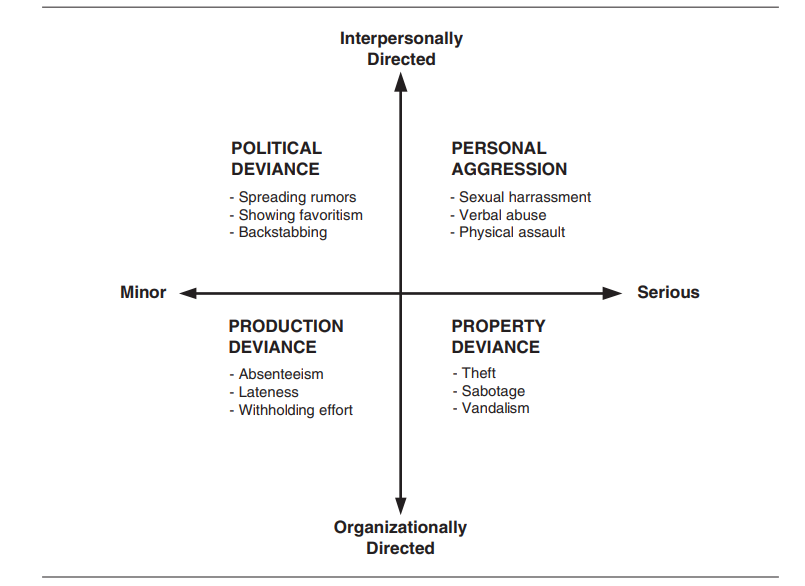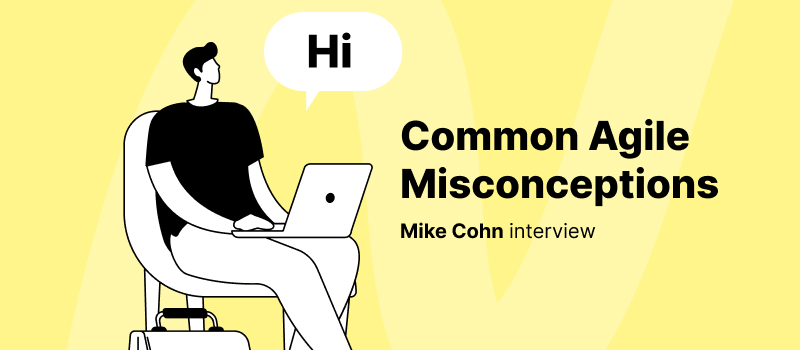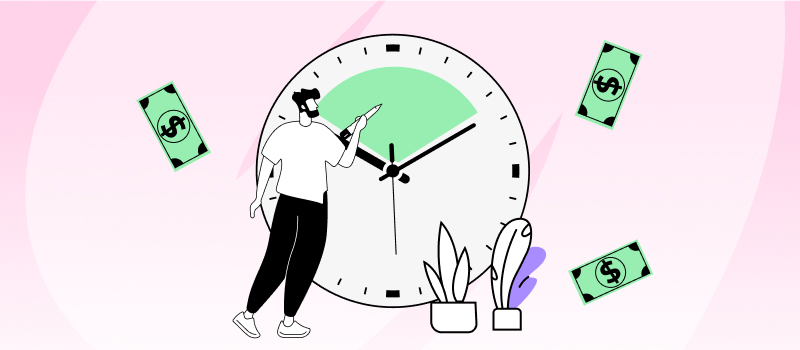
How important is productivity in the workplace? The obvious answer is – a lot!
The more productive your team is, the more work is getting done. That means that you will reach your business goals faster, which benefits both the company and the employees.
Managers nowadays are aware of the significance of high productivity, and they are making efforts to increase their team’s performance. But they are often having a hard time managing counterproductive work behavior.
What Is Counterproductive Work Behavior?
Counterproductive work behavior (CWB) refers to voluntary employee behaviors that are harmful to either organization itself (CWB-O) or the people that are working in it (CWB-P). In short – CWB damages the overall aims and needs of an organization.
Why Is It Important to Deal with It?
Counterproductive work behaviors can prevent businesses from reaching their goals and increasing profits. The effects of CWB are detrimental to organizations, which is why this concept is gaining importance. A lot of research is covering the characteristics of CWB, its predictors, ways to measure it in the workplace and its connection to other employee behavior.
There is a lot of material for taking data on the topic, from employee review websites such as Glassdoor to employee testimonials, which usually describe the working conditions and internal company culture. Both of these serve as predictors of employee satisfaction, which directly impacts productivity in the workplace.
Note: Not all CWBs are conducted intentionally, but they are always conscious.
Yes, some employees annoy their colleagues on purpose, gossip intentionally, and will do everything to reach their own goals, regardless of the consequences for others. They tend to find particular satisfaction in sabotaging their employers, but luckily, they are the minority.
The majority of workers engaging in CWB do not intend to harm their companies – they are simply falling into the “traps” of counterproductive behavior, completely oblivious of the damage it creates for the company and their own professional development.
Examples of Counterproductive Work Behaviors
CWB examples are broad and range from insulting a colleague to damaging company property. They can be grouped into four categories based on these characteristics:
1. Production deviance
Any action through which an employee sabotages their own productivity is considered production deviance. For example, an employee will be pretending to work while neglecting their tasks. This will result in an increasing number of tasks and less and less time to do them. Such type of behavior is also called goldbricking – pretending to create something valuable while doing inefficient, non-work activities. Surfing the web instead of dealing with work responsibilities is a typical example of production deviance in the internet age.
2. Property deviance
This is a more severe type of CWB, where employees either damage tangible assets of a company or acquire them without authorization. It includes sabotage, theft, intentional errors, and financial malversations, which require additional spending on repairs and equipment replacements. Further damage comes in the form of replacing the employees conducting unwanted activities and finding new ones, which is costly.
3. Political deviance
This is usually caused when some employees feel entitled or exploited, so they start misbehaving in specific ways. Political deviance includes gossiping and showing favoritism, resulting in an unproductive work environment. These behaviors do not seem serious since they are not explicitly against workplace policies but are incredibly unhealthy. They typically decrease happiness in the workplace and ultimately cause a high turnover rate.
4. Personal aggression
This type of behavior is in direct conflict with workplace policies. It includes verbal abuse, physical abuse and sexual harassment, which have a strong negative impact on the total output of the organization. It can quickly spread to the entire company if the action against such toxic behavior is not taken immediately. Nobody wants to have a hostile work environment where their workers feel unsafe.

“A Typology of Workplace Deviance” by Thomas B. Lawrence and Sandra L. Robinson, Source
Why Is Counterproductive Work Behavior Occurring in the Workplace?
The driving forces behind counterproductive work vary from personal ones such as employee personality, personal life changes to more broad ones, lack of management control, weak sanctions for violations of rules, lack of training, and organizational changes such as downsizing.
Research shows that they have one element in common – low levels of organizational justice in the workplace. It refers to the perception of workplace fairness by people working in an organization, which influences their performance and motivation levels.
Employees who feel unfairly treated will be more likely to engage in deviant behavior that damages the company or the people working there as an end goal. This, naturally, affects productivity.
How Can Managers Deal with CWB?
Managers can significantly affect the feelings and behaviors of their employees, so they have a big responsibility in reducing counterproductive work behavior.
1. Hire carefully
The best way to deal with CWB is prevention. You should set clear hiring policies, to begin with. One good piece of advice is to include character questions in interviews to see if the candidates’ answers align with the values of your organization. This is the first step in eliminating job applicants who voluntarily engage in undesirable behaviors.
2. Communicate clearly
The hiring process is not a hundred percent certain method of getting the right people for your company, so counterproductive work behavior might still occur. If they do, the best you can do is address them as soon as possible and be clear about the consequences of such behavior.
Handling misconduct can be challenging, especially if it is not serious. This is the case with being late or overhearing gossip in your team, which by itself does not cause a lot of harm, but with repetition, can significantly reduce productivity in the workplace.
Remember that you should carefully approach employees who commit more minor breaches since there might be genuine reasons for their behavior. At the same time, be clear and assertive in your communication, so they are aware that you will not tolerate repeated actions that are misaligned with company policies.
3. Take immediate action
For more extreme cases of CWBs, urgent action is a necessity. That is the only way you will manage to protect your other employees and the company itself. For example, if one of your employees sexually harasses others, you have to act immediately and remove them from the company and the rest of the team.
Besides protecting your employees and preventing further damage, this action will send a strong message about what kind of behavior is not acceptable in the workplace.
Final Remarks
A completely efficient workplace is a goal that is practically impossible to reach since there will always be room for improvement in many areas. Still, don’t be discouraged. You should know that taking even small steps towards creating a better workplace creates a tremendous difference in the overall quality of the work output and environment.
Counterproductive behavior in the workplace is not uncommon, but it can be recognized, minimized, and prevented in the future so you can boost your employee morale and protect company resources.
This post is contributed to actiTIME by Sam Shepler, the founder and CEO of Testimonial Hero. 150+ B2B revenue teams at Google, UiPath, Medallia, InsightSquared, and many others use Testimonial Hero to easily create customer videos that engage prospects, reduce friction in the sales cycle, and drive more revenue faster.

















































